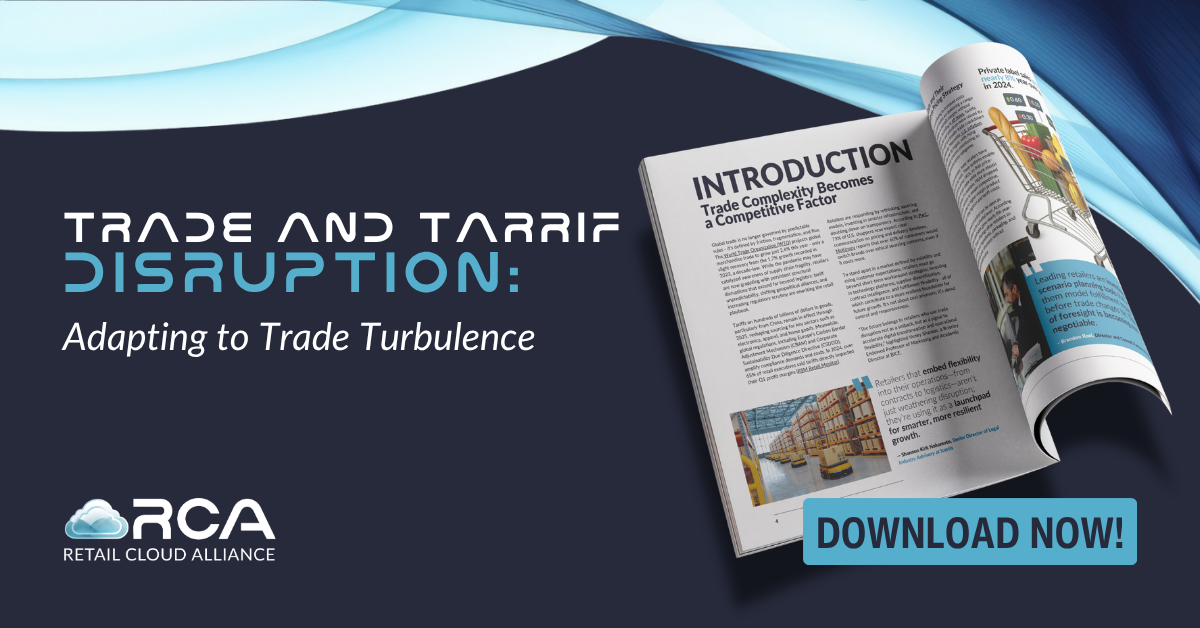Tariffs and Trade Disruption: How Retailers Can Build Adaptive Supply Chains
Global trade is in flux. Tariffs are rising, supply chains are fragmenting, and regulatory demands are tightening. For retailers, the old playbook of low-cost sourcing no longer works. The winners in 2025 will be those who can pivot faster—embedding adaptability into sourcing, pricing, and fulfillment to turn disruption into competitive advantage.
Developed in collaboration with RCA partners, this report explores how shifting tariffs and trade policy are reshaping retail strategies. Featuring insights from leading experts, it reveals how retailers are building adaptive supply chains and future-ready operations.
-
Retailers are rethinking sourcing as tariffs drive up costs and create new risks. “China + 1” and nearshoring strategies are helping diversify production, reduce dependency, and speed replenishment.
-
Global shipping delays and customs slowdowns are pushing retailers toward regional fulfillment models. Multi-node warehousing and automation are making it possible to respond faster to demand while cutting costs.
-
Trade disruption and inflation are forcing retailers to rethink pricing. Dynamic pricing, private label growth, and scenario planning tools are balancing rising costs with consumer expectations for fairness and transparency.
-
Contracts are no longer passive documents—they’re becoming active tools for risk management. AI-enabled platforms embed ESG, labor, and tariff requirements into operations, reducing disruption and boosting accountability.




